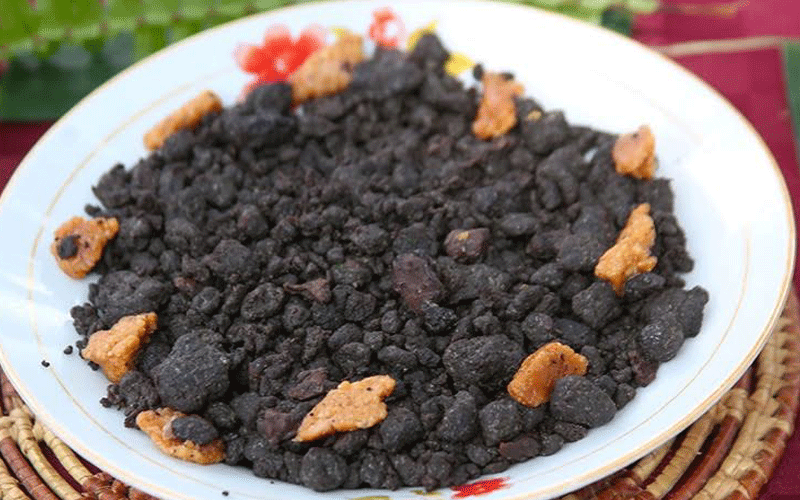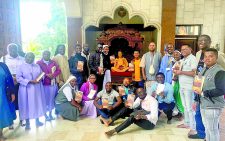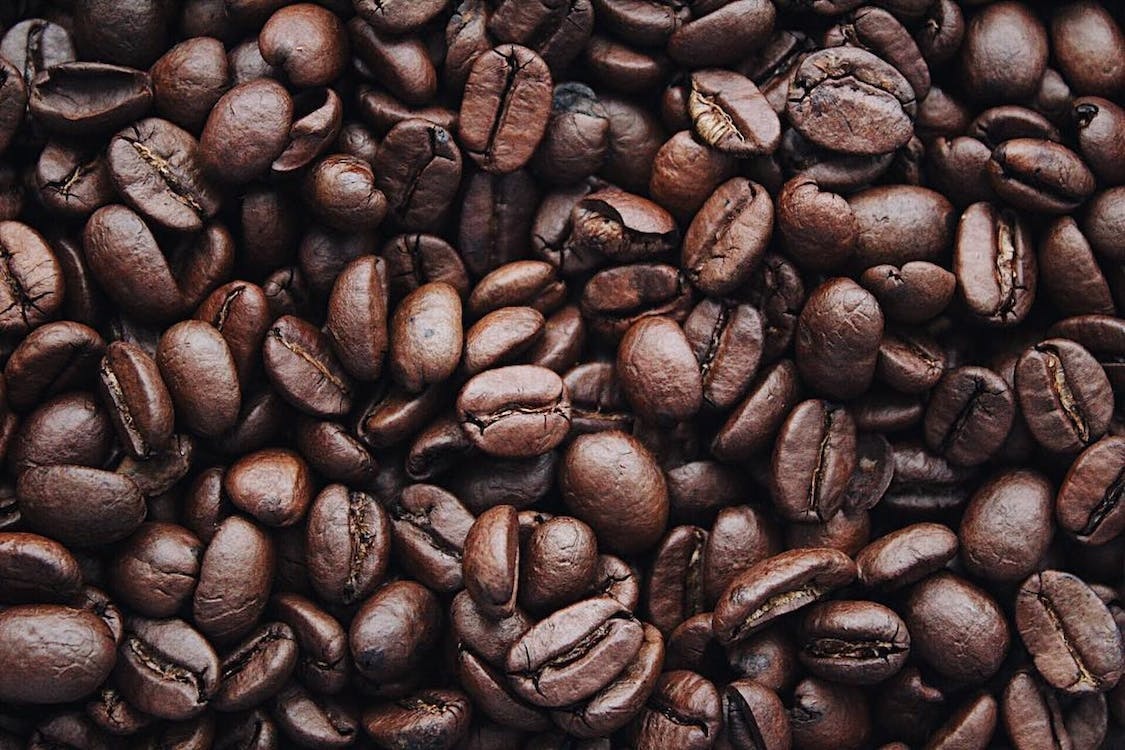Here’s how a meal at a virtual dining experience tastes

Faith Kyoumukama @martkinel
The Covid-19 pandemic has brought without a doubt, changes to our lives, especially in the past few months.
Techology has helped us seamlessly adapt to the ‘new normal’ with most activities now taking place virtually.
Last week I attended a virtual food festival hosted by Inter Region Economic Networks (Iren).
The event themed Re-Imagine, Connect, Build Food Tourism in Kenya features kamukunji Sessions, virtual booth exhibitions, cooking demos, and masterclasses.
Usually, the event happens every year, but due to the pandemic, the organisers had to readjust and embrace the new norm and plan a virtual festival.
During the discussions, one thing that boldly stood out was the propelling food tourism in Kenya.
See, in the world of travel, there are two kinds of people, those that travel for business and those that travel for pleasure. The common ground is food.
Foodies will tell you the best way to experience a culture is through food.
If you’re off on your adventures, the best way to immerse yourself in and really experience local life is by giving the food a try.
I’m not talking about the usual French fries, fried chicken and what not, but indigenous foods.
Consolidated platform
The event sparked significant conversations concerning merging of rural-urban economies through promotion of Kenyan indigenous cuisines, promoting both domestic and international food tourism experience in Kenya and providing a consolidated platform that showcases the use of virtual reality and digital platforms to promote food tourism in Kenya.
One Kenyan delicacy that comes to mind when you think of taking your tourist friends to eat, is the legendary Nyama Choma and kachumbari.
But what about the other indigenous local foods? When I travelled to Lagos, Nigeria all I wanted was to try out their local food, the egusi, eba, Jollof, crayfish all those foods that dominantly brings out their culture, and they were readily available even at the five-star hotel where I was staying in.
In Kenya, there are very few walks in restaurants that offer these kinds of meals.
The likes of boiled blood, dried termites and smoked fish are some of the delicacies that would make our culture more viable as well as put us on the global map.
Iren through its growth pad initiative has created a Kenyan recipe book dubbed Chakula Chetu, Swahili for ‘Our Food’.
The book contains 20 recipes from the Lake Region of Kenya containing culinary procedures from indigenous nutritious dishes with a glance of scenic views within the region.
The recipes have different meals, such as Chisaka (Spider plant) Eshimbalambala (dried fish) to mention but a few.
They are also working on the second edition which has over 60 recipes incorporating recipes from all other regions in Kenya. By working with different local chefs.
Individual were also able to send in their personalised signature dishes.
James Shikwati founder and director Iren during the event said that Kenya has experienced a drop in international visits, and as Iren, they foresee the domestic tourism as the very first thing that will restart the sector before international tourists gain the confidence to travel once again.
“This year’s Food Festival was to encourage Kenyan Chefs to look at a possibility of mining into the indigenous foods and the diaspora to connect with rural farmers for uptake in putting up restaurants in their various countries to experience foods with an African touch,” he said.












